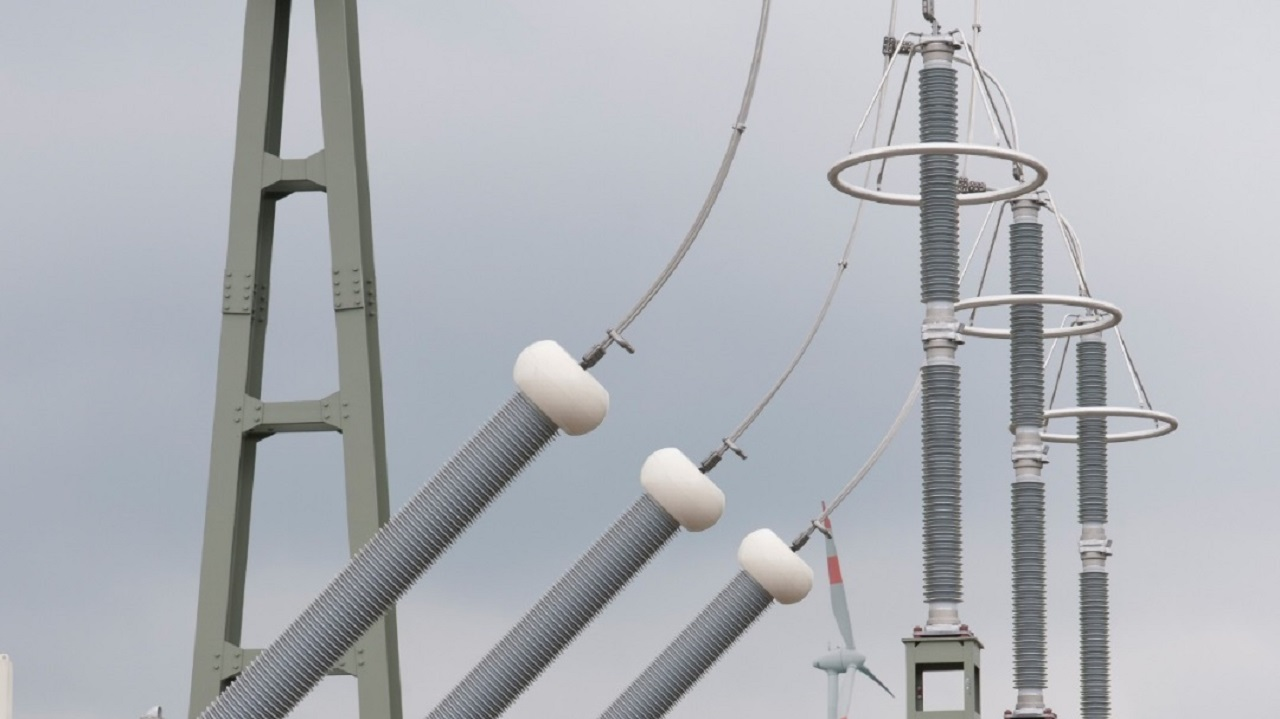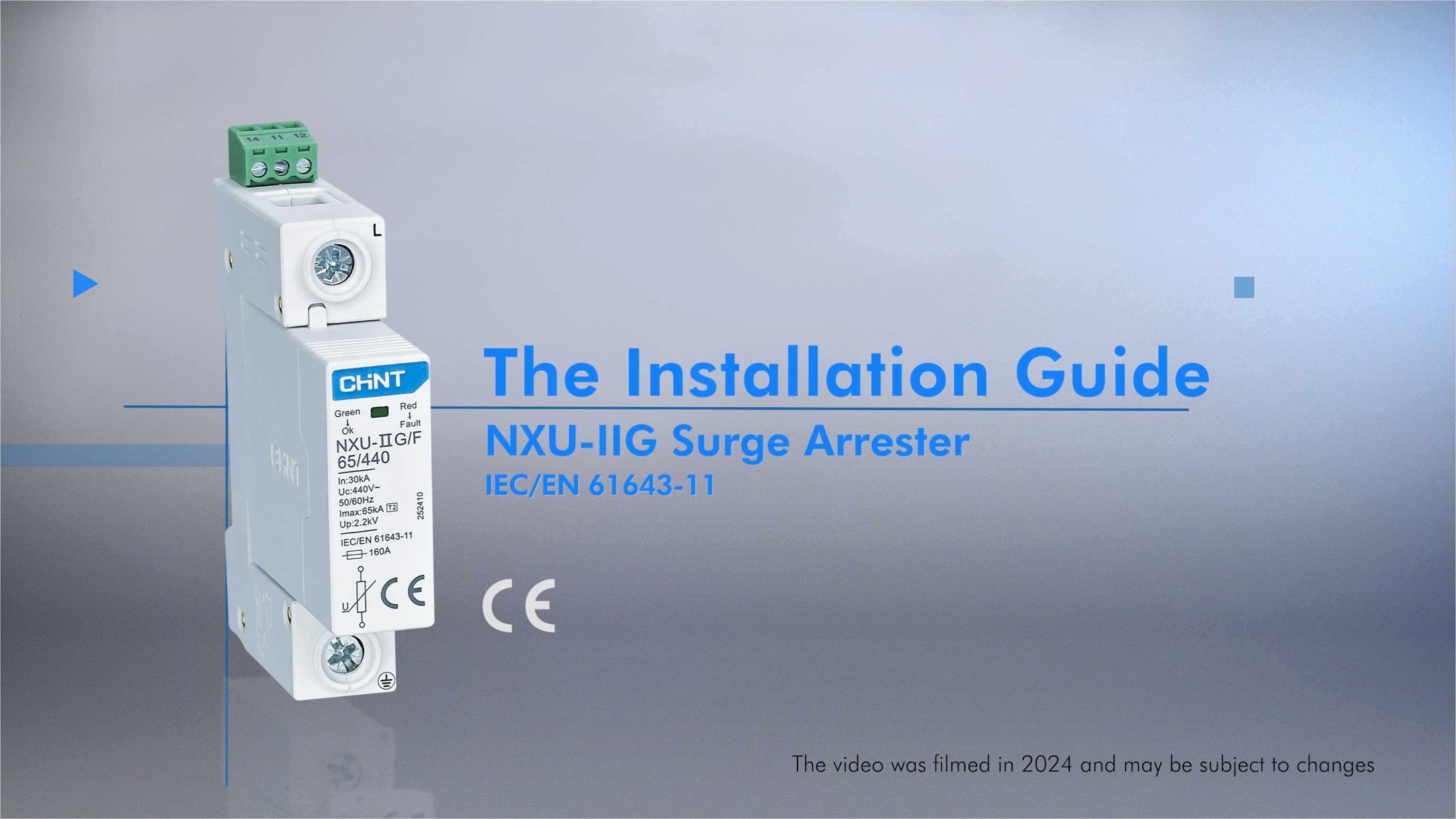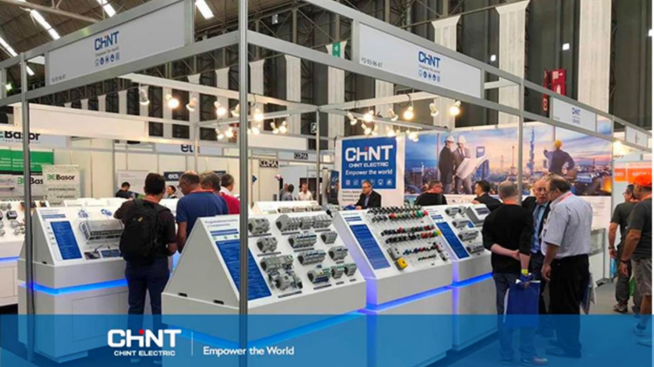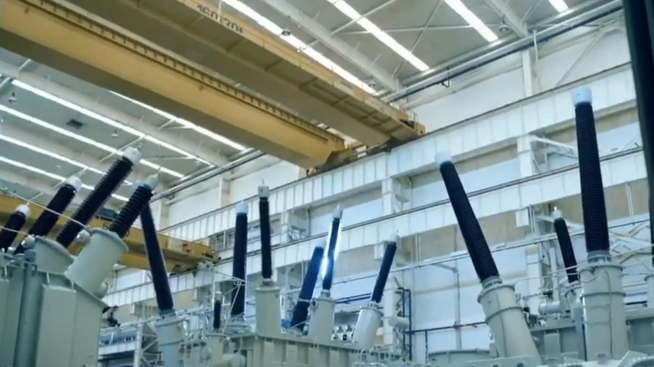Lightning surge arresters are crucial in electrical systems. They offer robust protection against powerful voltage surges. These devices protect expensive equipment from damage. Lightning strikes pose a significant threat, as they are a common source of massive voltage spikes in power lines, which can lead to the destruction of transformers, motors, and other electrical components. Lightning surge arrester devices divert excess voltage safely to the ground. This prevents costly damage and dangerous power outages.
Lightning Surge Arrester: Overview and Working Principle
The arrester is a robust protective device. It diverts excess voltage away from sensitive equipment. The working principle is straightforward but effective. During normal operation, the electrical arrester remains inactive. When a voltage surge occurs, the internal components quickly become conductive. This creates a low-resistance path to the ground.
The harmful excess energy gets redirected through this path. This happens in milliseconds. It efficiently protects the connected equipment. Once the surge passes, the lightning surge arrester returns to its non-conductive state. This dual-state behavior is what makes these devices so effective.
Types of Lightning Surge Arresters
Lightning surge arresters come in various designs. Each type has specific advantages for different applications. Let’s examine the two main types:
1. Porcelain Type Lightning Surge Arrester
Porcelain arresters use ceramic housing to contain metal oxide elements. The porcelain provides excellent insulation. It offers great resistance to heat. These devices can effectively withstand high temperatures.
Their main advantages include proven reliability and lower initial cost. Porcelain arresters are commonly used in substations, power distribution networks, and industrial settings.
2. Composite Type Lightning Surge Arrester
Composite arresters use silicone rubber or polymer housings. They represent newer technology in surge protection. The material is quite flexible. It offers better performance in contaminated environments. These devices provide superior resistance to pollution and moisture.
In addition, they boast lighter weight and greater mechanical strength. They also offer improved sealing. Composite arresters are commonly used in coastal areas and chemical plants and are suitable for extreme weather regions.
Factors to Consider When Choosing
Careful evaluation is required when choosing. Several factors affect performance and lifespan. The key considerations include:
1. Environmental Conditions
Environmental factors greatly impact lightning surge arrester performance. High-pollution areas need special consideration. Coastal regions with salt spray require lightning arrestors with hydrophobic surfaces. Areas with extreme temperatures need materials that won’t crack or degrade.
Regions with high lightning activity benefit from higher energy handling capacity. Consider all environmental stressors when selecting an arrester. Composite types generally perform better in harsh conditions.
2. Mechanical Strength and Durability
Mechanical strength determines how well a lightning surge arrester withstands physical stress. High-wind areas need lightning arresters that won’t break under pressure. Seismic regions require models with flexible construction.
Impact resistance matters in areas with potential mechanical damage. Composite arresters typically offer better mechanical performance. They can flex without breaking, unlike porcelain types.
3. Weight and Ease of Installation
Installation costs often exceed equipment costs. Heavier arresters require more robust mounting structures. They also need specialized lifting equipment. Lighter composite types reduce these requirements.
They can be installed by smaller crews with basic tools. This reduces labor costs and installation time. Consider the total installed cost, not just the equipment price. Easier installation also means faster replacement during emergencies.
4. Maintenance Requirements
Regular maintenance is crucial. It ensures long-term reliability. Porcelain arresters may need more frequent inspection. They can develop cracks that allow moisture ingress. Composite types generally require less maintenance.
Their self-cleaning surfaces shed pollution better. Consider your maintenance capabilities and resources. Remote locations benefit from low-maintenance options. Factor in the lifetime maintenance costs when comparing different types.
5. Standards and Regulations
All surge arresters must meet industry standards. These include IEC, ANSI, and regional requirements. Verify that your selected lightning surge arrester complies with local regulations. Standards specify testing requirements and performance criteria. They ensure the arrester will function as expected. Quality surge arresters meet or exceed these standards.
Conclusion
Lightning surge arresters provide essential protection for electrical systems. Both porcelain and composite types offer effective surge protection. The choice depends on specific requirements and conditions. The right arrester prevents costly equipment damage and downtime.
The reputed brand CHINT offers reliable lightning surge arresters for all applications. With years of industry experience, the company understands electrical protection needs. Visit CHINT’s website to explore its complete range of surge protection devices. Protect your valuable electrical equipment with industry-leading solutions.








